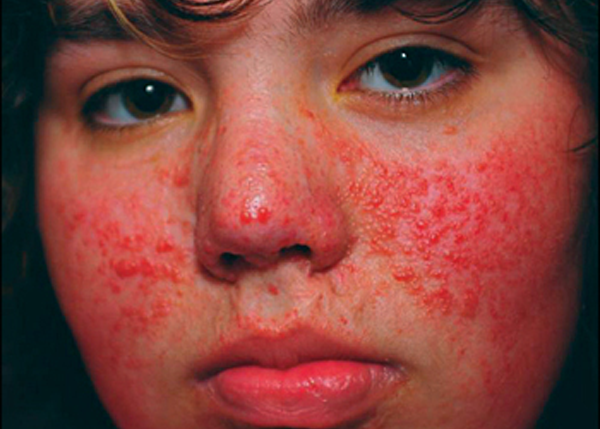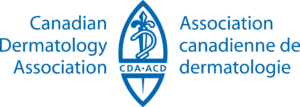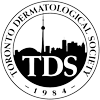The condition of rosacea presents as a chronic redness of the face. As this condition begins to develop, it may first be noticed as redness that comes and goes like blushing. Some patients may just experience flushing of the skin that is short-term. As the condition worsens, the redness may be persistent and long-lasting; presenting with swelling, pimple-like red bumps with pus (papules), and tiny red blood vessels on the surface of the skin. In more severe cases—especially in men—rosacea can develop into a condition known as rhinophyma in which the oil glands become enlarged and cause puffiness of the cheeks and a reddened, bulbous nose with thick bumps.
Rosacea tends to affect fair-skinned adults between 30-60 years of age. Rosacea may be linked to menopause and auto-immune diseases, but the cause of rosacea is still unknown. What is known is that Rosacea is an inflammatory response in certain individuals that is triggered by specific environmental factors. Learning to avoid these ‘triggers’ is one method of managing rosacea.
Solutions for managing Rosacea
Your Dermatologist will most likely want to begin managing your condition with a topical or oral medication and will educate you on the environmental factors (called triggers) to help avoid flare-ups. In addition to this, we offer several in office and home care treatments to improve the appearance of rosacea.





